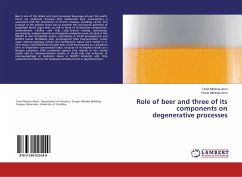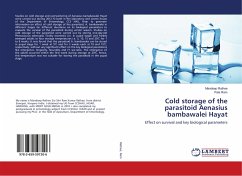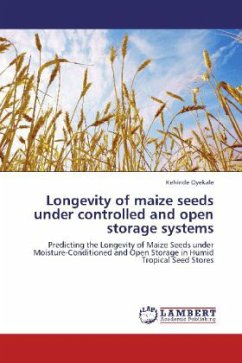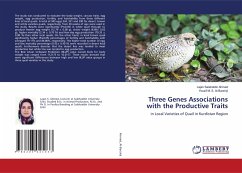Beer is one of the oldest and most consumed beverages all over the world. There are evidences showing that moderated beer consumption is associated with the prevention of chronic diseases, including cancer. The purpose of the present study was to examine the nutraceutic potential of lyophilised blond Lager beer, as well as three of its bioactive components: xanthohumol, choline and folic acid. Several toxicity, antitoxicity, genotoxicity, antigenotoxicity and longevity endpoints were checked in the SMART in vivo Drosophila system. Cytotoxicity in HL-60 promyelocytic and NIH3T3 mouse fibroblasts cells, proapoptotic DNA fragmentation, comet assay, macroautophagy activity and methylation status were tested in in vitro assays. Lyophilised blond Lager beer could be proposed as a substance with an important nutraceutical value, because of its hopeful results as a lifespan promoter, DNA protection against free radicals in the animal model and its chemopreventive activity in HL-60 cells and enhancer of macroautophagy at moderate doses in NIH3T3 immortal cells. Only xanthohumol mimicries the biological activities found in lyophilised beer.








